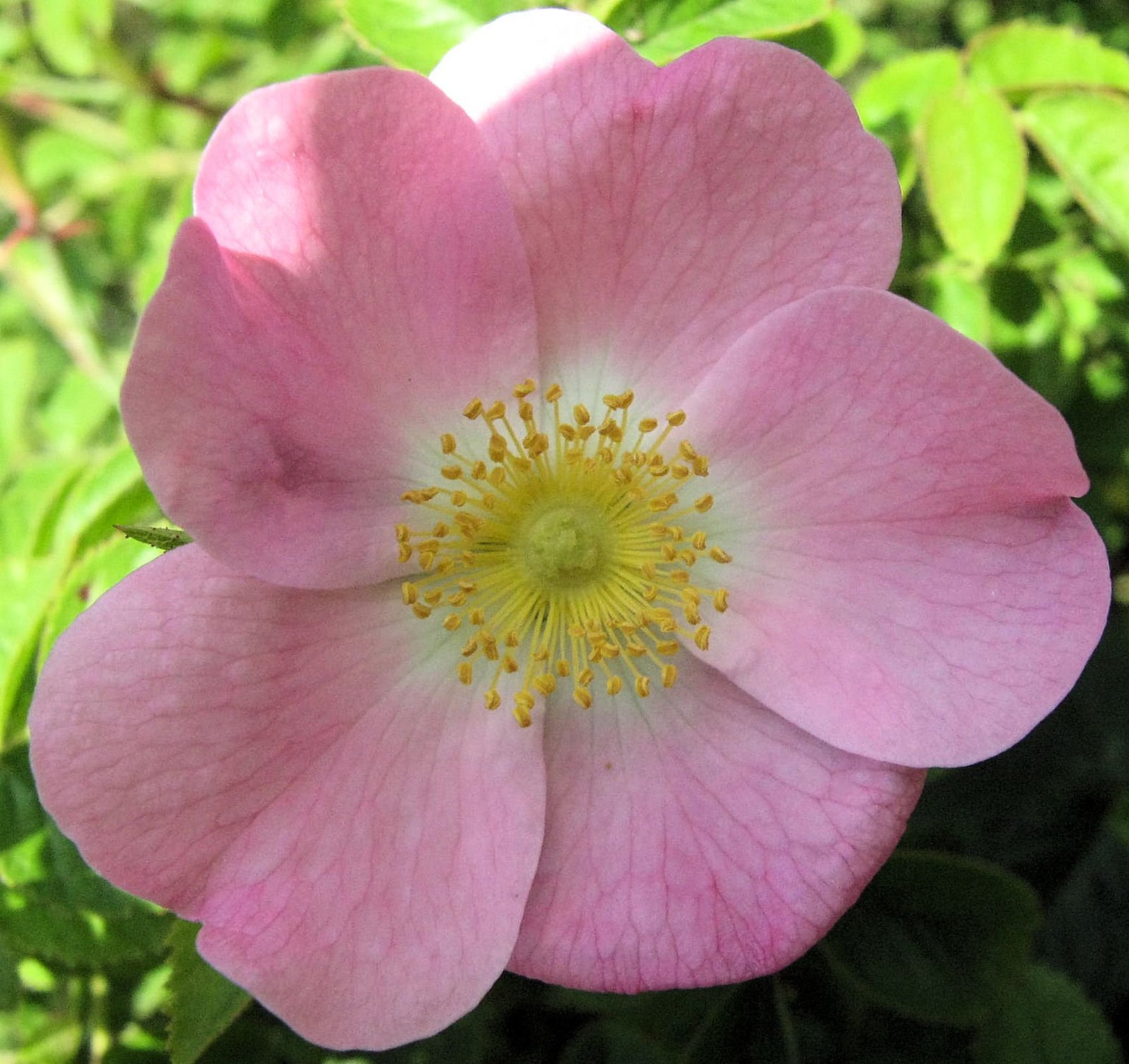What is the Best Time of Year to Take Rose Cuttings?

 , licensed under CC BY-SA 2.0
, licensed under CC BY-SA 2.0The best times to take rose cuttings depend on the type of cutting:
- Softwood Cuttings: Late spring and early summer, when new stems are flexible and just beginning to mature.
- Semi-hardwood Cuttings: Late summer and early fall, when new stems have partially matured.
- Hardwood Cuttings: Late fall or early winter, when the year’s new stems have matured and hardened.
What Tools and Materials Are Required?

To propagate roses from cuttings, you’ll need the following tools and materials:
- Pruning shears or secateurs for cutting the stems
- Rooting hormone (liquid or powder) to enhance rooting
- Pots or containers with a well-draining soil mix
- A soil mix blend of potting soil and perlite or vermiculite (e.g., 50/50%)
- Water for keeping the soil moist
- A clear plastic bag or cloche to maintain humidity
How to Take a Rose Cutting Step-by-Step
Step 1: Select the Stem
Choose healthy stems from the current year’s growth. For softwood cuttings, select pencil-sized stems just below a faded flower.
Step 2: Prepare the Cutting
Cut the stem into 6- to 8-inch lengths, ensuring each cutting has at least four nodes (where leaves emerge). Remove the bloom and all but the top two sets of leaves.
Step 3: Prepare the Cutting for Rooting
Cut the stem at a 45-degree angle just above a node at the top and below a node at the bottom. Wound the bottom of the stem to expose the inside, if desired, to help with rooting.
Step 4: Apply Rooting Hormone
Dip the bottom half of the cutting into rooting hormone powder or liquid, shaking off any excess.
Step 5: Plant the Cutting
Plant the cutting in a prepared pot or container filled with a well-draining soil mix. Ensure the bottom half of the cutting and at least two nodes are covered by the soil. Firm the soil around the cutting to secure it in place.
Step 6: Maintain Optimal Conditions
Keep the soil consistently moist but not soggy. Use a clear plastic bag or cloche to maintain high humidity. Place the pot in a shaded spot with bright but indirect light.
Step 7: Care for the Cuttings
Water the soil regularly to keep it moist. Mist the cuttings daily if using a misting box or bag. Ensure the soil does not dry out completely, but avoid waterlogging.
What Challenges Might You Face?
- Rose Replant Disease: This can occur if planting in soil where roses were previously grown. To avoid this, use fresh soil from another part of the garden and fertilize with a high-nitrogen fertilizer after planting.
- Drying Out: Keep the soil consistently moist but not soggy. Use a clear plastic bag or cloche to maintain humidity.
What are the Success Rates?
Using the right techniques and conditions, success rates can be high. For example, one method reported a 99% success rate over a year by using a misting box and the right rooting medium.
Reference:
1. How to Grow Roses from Cuttings in 10 Simple Steps – Better Homes and Gardens
2. Reproduce and Grow Roses From Cuttings – GardenTech
3. How To Take Rose Cuttings – BBC Gardeners World Magazine
4. How to Propagate Roses from Cuttings – The Spruce
